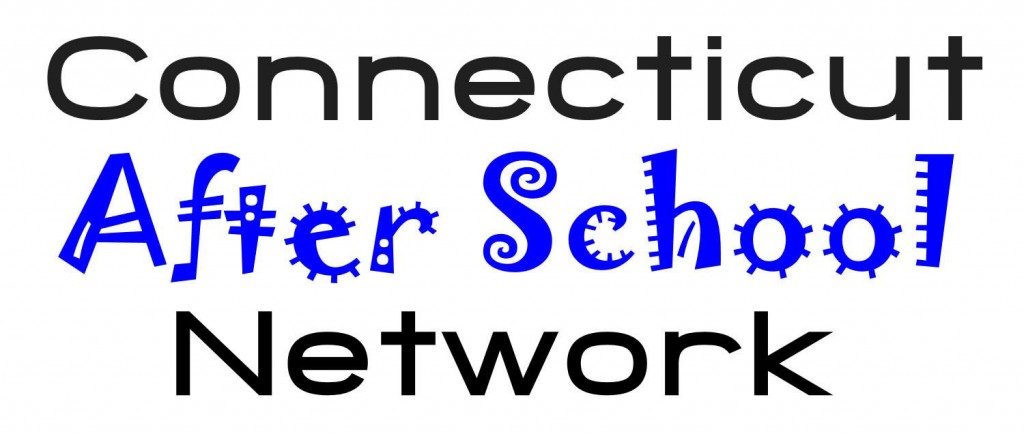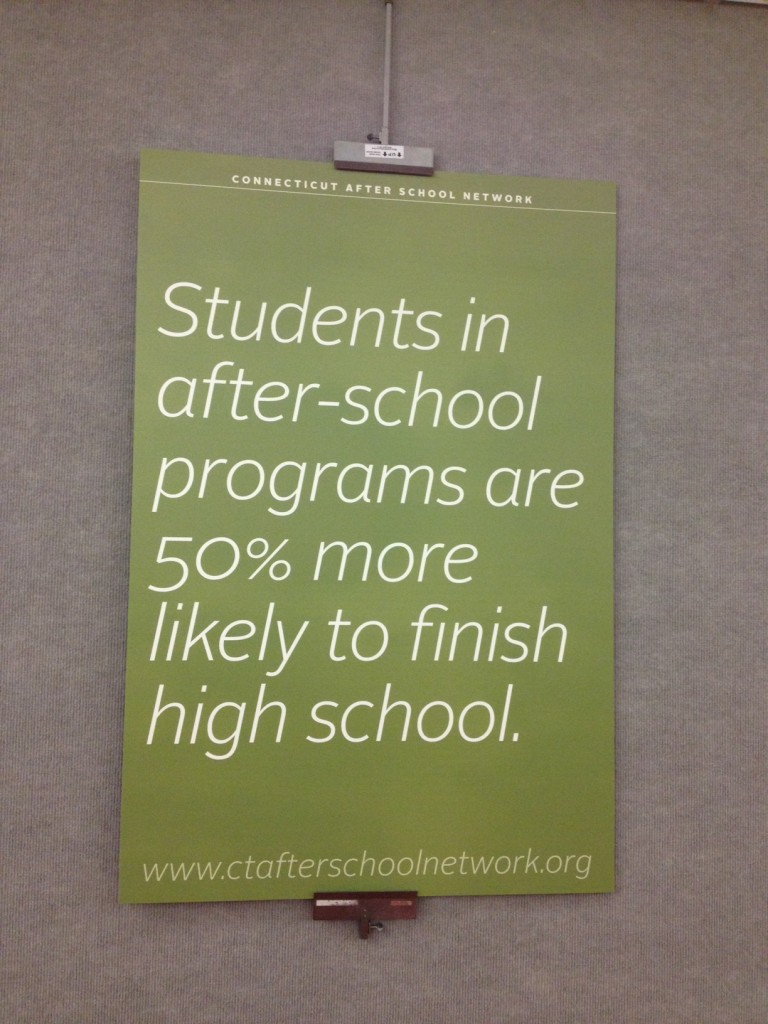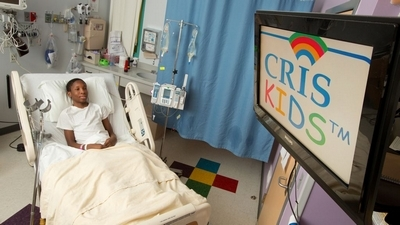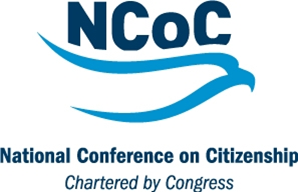Survey Reveals Teens Unprepared for Costs of College, Uncertain About Future
/As prospective college students receive word this month on whether they’ve been accepted to their preferred institution – and how much financial aid they’ll be receiving - the greater challenge begins. That’s the grueling exercise to crunch the numbers to try to come up with ways to afford the impending and imposing tuition bill. That reality makes the findings of the Junior Achievement USA® (JA) and The Allstate Foundation's 2013 Teens and Personal Finance Poll ring alarm bells for teens and their families, as they look ahead to the financial impact of college:
- Only 9% of teens report they are currently saving money for college.
- More than a quarter of teens (28%) haven’t talked with their parents about paying for college.
- More than half (52%) of teens think students are borrowing too much money to pay for college.
JA is helping students understand the importance of saving and planning for future financial needs, working with students from kindergarten through 12th grade. That’s at the core of JA’s work, driven by volunteers who provide a real-world view for students. To meet the need reflected in the latest data and reach more students, JA has opportunities right now – often at a school close to home - for volunteers to participate.
The increasing cost of college, difficult job market and sluggish economy appear to be affecting teens’ views on the timetable for attaining financial independence, and the prospects for their long-term financial security. According to the poll, during the past two years the percentage of teens who:
- Think they will be financially dependent on their parents until age 25 has more than doubled – from 12% in 2011 to 25% in 2013.
- Say they don’t know or are not sure at what age they will attain financial independence from their parents jumped from a mere 1% in 2011 to 11% in 2013.
- Don’t know or who are unsure if they will be financially better off than their parents has risen significantly, from 4% to 28%.
Teens’ uncertainty about their financial future is also a reflection of their lack of financial knowledge and understanding. More than one-third (34%) are somewhat or extremely unsure about their ability to invest money. And of the 33% of teens who say they do not use a budget, 42% are "not interested," and more than a quarter (26%) think that "budgets are for adults."
“Today’s teens expect to be financially dependent on their parents longer, and the number who can’t even predict when they might gain financial independence has jumped ten-fold in just the past two years,” said Louis J. Golden, P resident of JA of Southwest New England. “The economy certainly plays a role, but part of the uncertainly is because far too many teens lack a fundamental understanding of how to manage their money. JA delivers specific, effective programs directly to the classroom that respond to that knowledge gap.”
resident of JA of Southwest New England. “The economy certainly plays a role, but part of the uncertainly is because far too many teens lack a fundamental understanding of how to manage their money. JA delivers specific, effective programs directly to the classroom that respond to that knowledge gap.”
JA's unique delivery system provides the training, materials, and support necessary to build student skills in financial literacy, work readiness and entrepreneurship. Last year, more than 2,500 volunteers - business professionals, parents, retirees, and college students – offered JA programs to more than 34,500 students in schools throughout Hartford, Litchfield, New Haven, Windham, Tolland, New London and Middlesex counties.
The volunteers use their personal experiences to make the JA curricula practical and realistic. Providing children with positive adult role models, who illustrate ways to build self-confidence, develop skills and find avenues of success in our economic system, is a hallmark of Junior Achievement. Individual interested in learning more about the JA volunteer program should contact 860-525-4510 or visit www.jaconn.net for details.











































